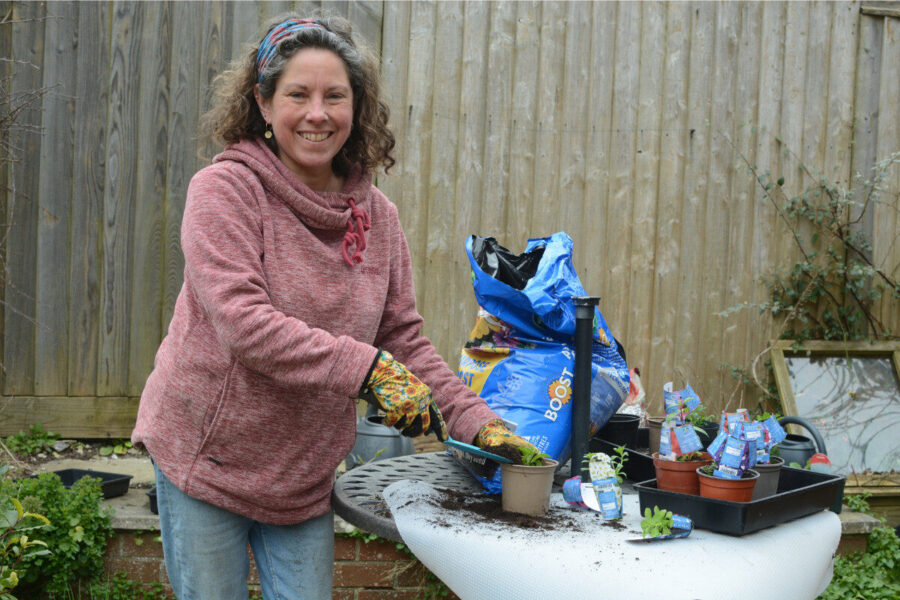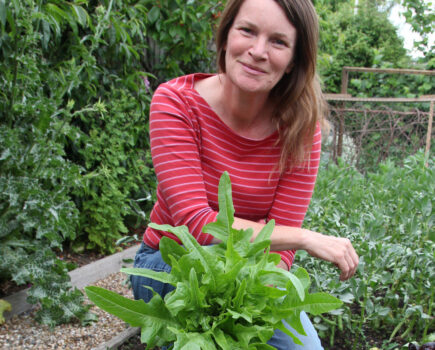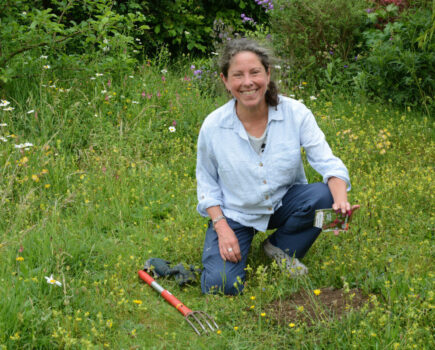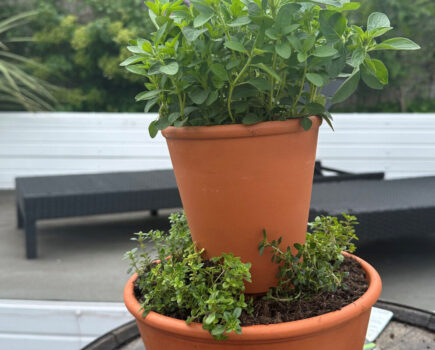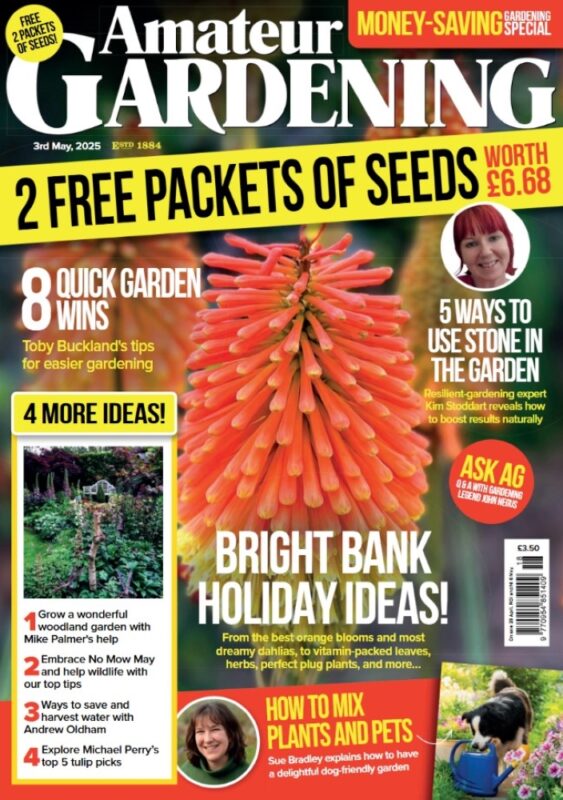These little plants are a genius way of buying in summer colour
“You’re like a child in a sweetie shop!” said Mr Hayes as I excitedly browsed the selection of plug plants on display at the local garden centre.
And he wasn’t wrong! The range of ornamental and vegetable plug plants available in late spring is as seductive as the old Woolworth’s pick’n’mix counter was to the severely sweet-toothed, and once you start filling your basket it can be hard to stop!
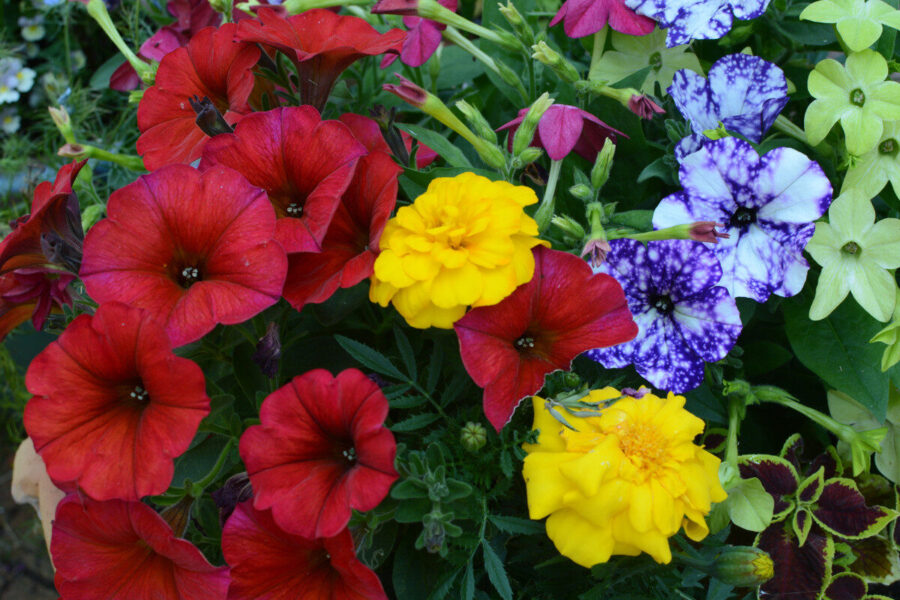
These little plants, a halfway house between seedling and fully mature, are a gift to gardeners, a relatively inexpensive way of filling your summer pots, baskets, borders and veg patches.
Garden centres and online retailers have them in abundance now, very often with decent discounts for the more plants you buy – I bought eight including a fuchsia, two petunias, verbena, bidens and an argyranthemum for £14, which I thought was excellent value.
Just pot them up as soon as possible when you get them home, keep them somewhere frost-free as they grow – many are tender varieties – before hardening them off and adding them to the garden.
I usually buy ornamental plants, but vegetable plugs are also widely available and, again, are a fantastic way of growing your own without the need to fret about germination rates and seedling care.
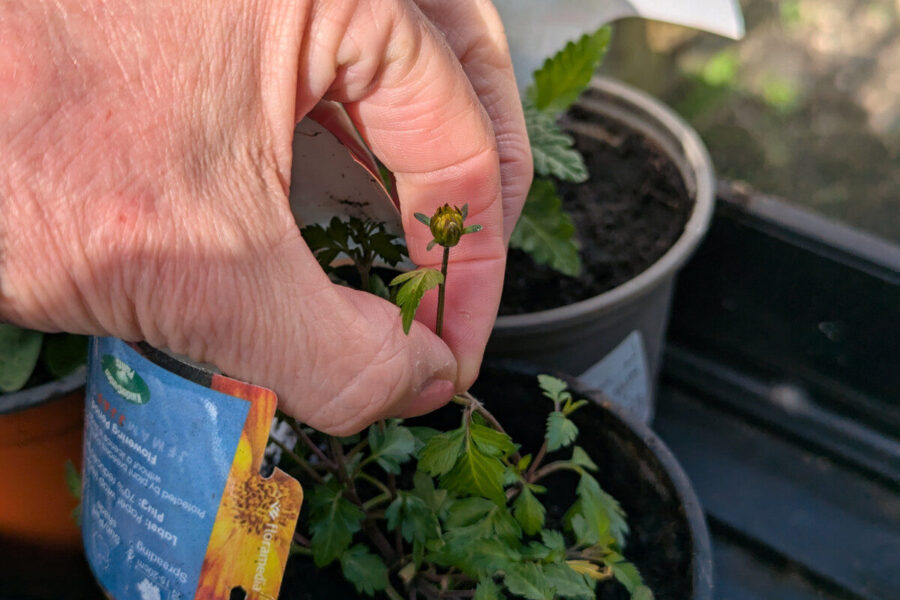
There are a couple of things to bear in mind when growing plug plants.
The first is to pot up your new plants as soon as possible into good quality peat-free (or homemade) multipurpose compost. Plugs usually arrive with only a little compost around their roots and the plants will soon use up all the nutrients but more pressingly, the compost will quickly dry out and the plants will struggle.
Pinch out the flowerbuds now
Once they are in larger pots – I usually use a 9cm (3.5in) pot for each plant – they will grow quickly and are likely to produce flower buds.
If and when they do, pinch off the buds, because at this stage you want your plants to be putting all their energy into producing healthy growth, not expending it on flowering – there will hopefully be plenty of time for that later in the year.
I also pinch out the growing tips, especially of fuchsias and verbenas, to encourage denser, more branching growth which means more flowers come the summer.
Once the plants are potted up they need to be kept somewhere light and frost free as many patio annuals are tender varieties that don’t care for the late frosts that can strike almost anywhere in the UK well into May and even early June.
Keep the plants’ compost just damp, not soggy, and they should grow speedily and be ready to be hardened off and planted out once the final frosts of spring have finished.
Saving a winter survivor
New lease of life for a nemesia
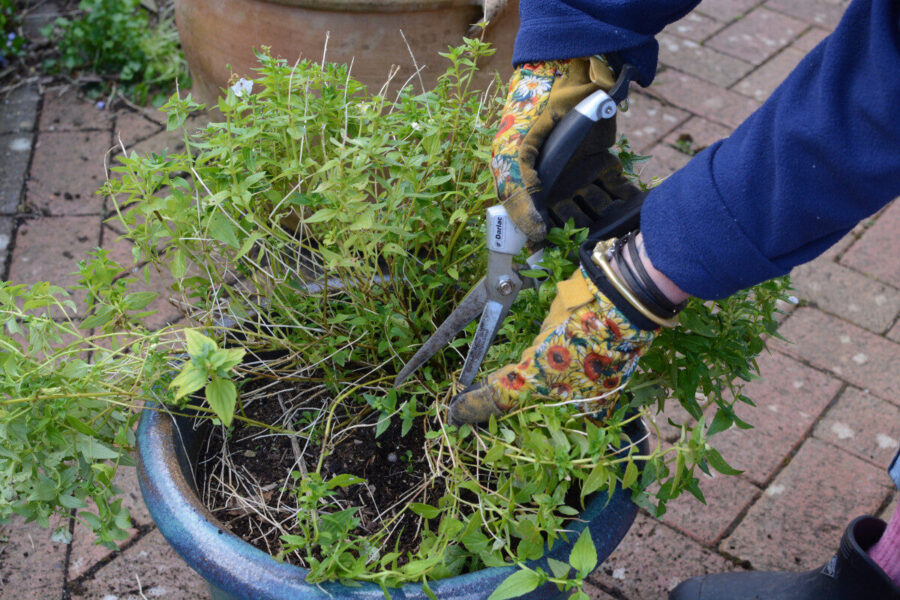
1. Despite snow, hard freezes and all manner of grotty weather, this white-flowered nemesia survived winter on the patio and, I felt, deserved to be kept. So I trimmed away most of its straggly growth and cut away the dead stems.
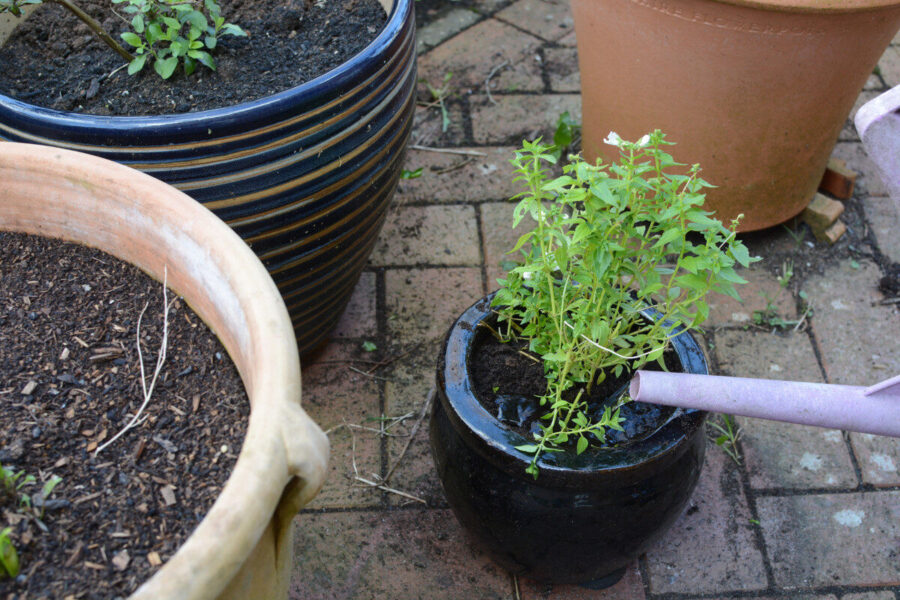
2. Once it was more manageable, I repotted the plant in its own container of fresh peat-free multipurpose compost and watered it. Saving it has saved me money and I’m looking forward to seeing it flourish this summer.
Find more tips, advice and articles like this at the Amateur Gardening website. Subscribe to Amateur Gardening magazine now

